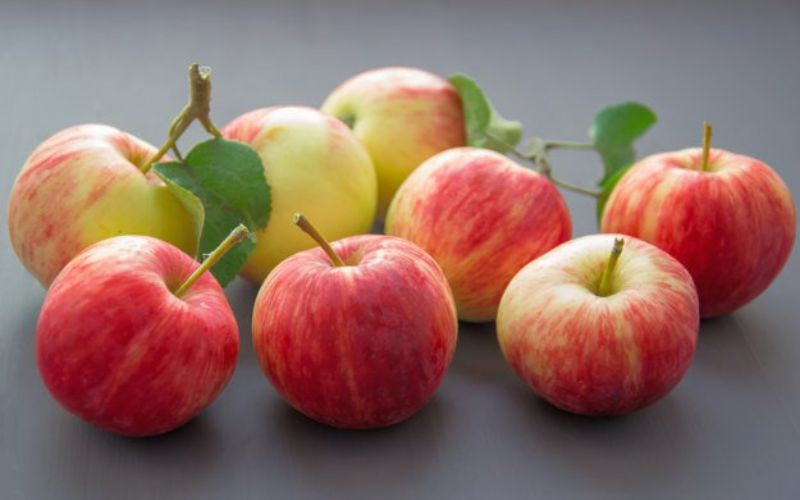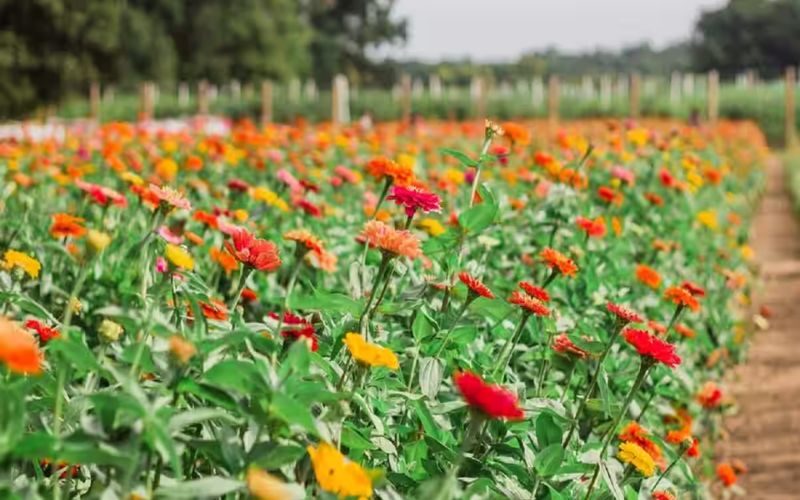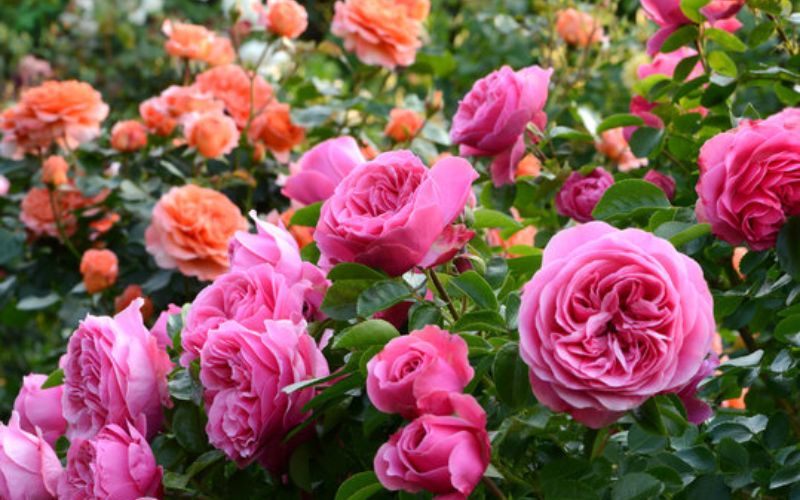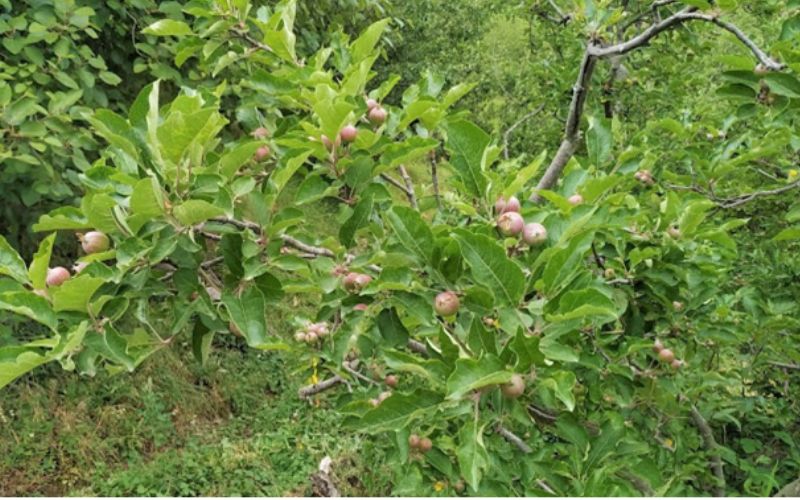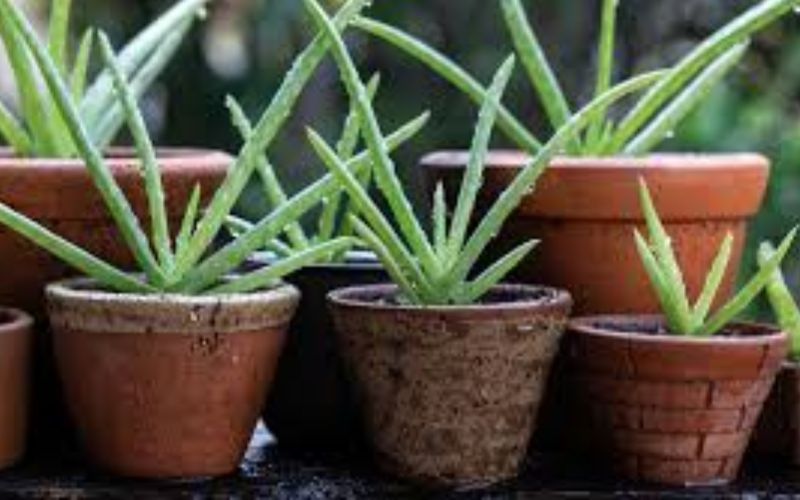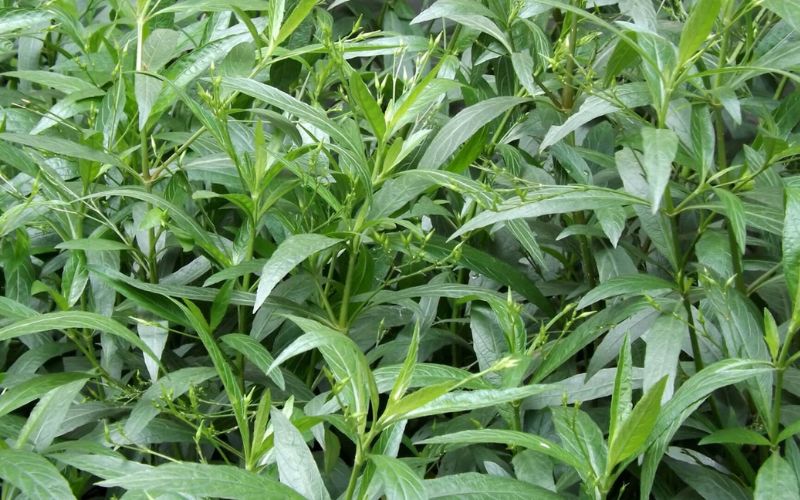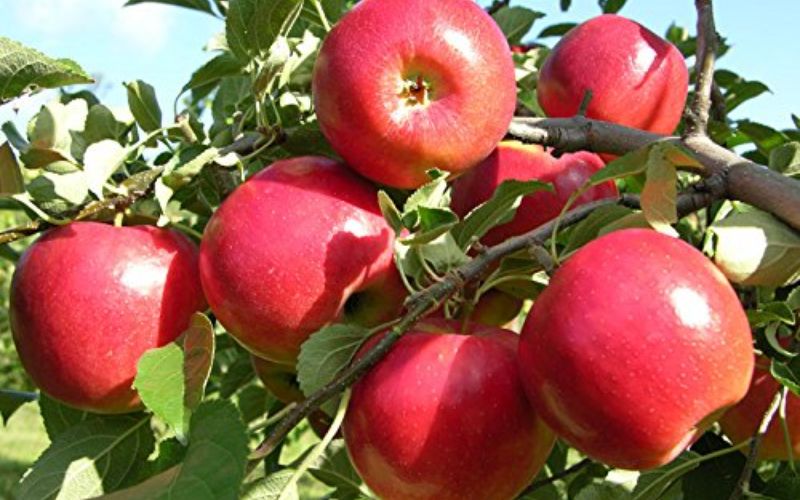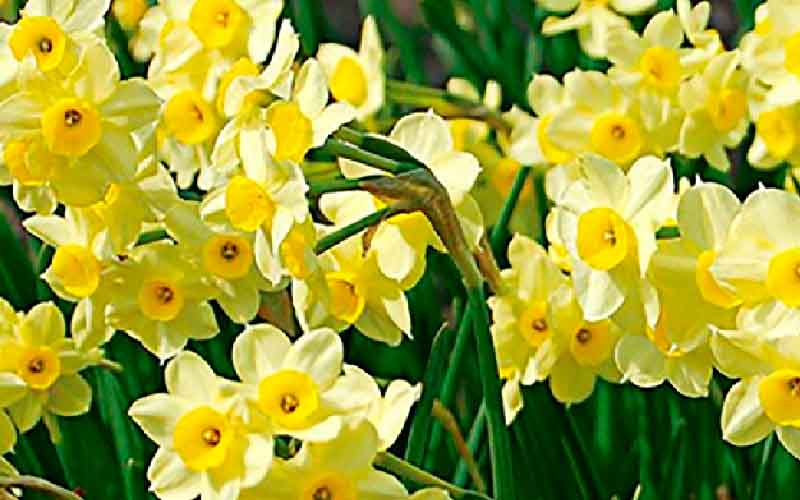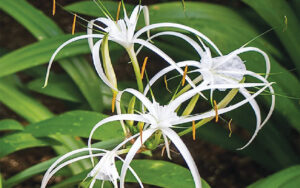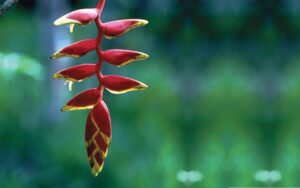Narcissus flower: The profound mysteries of self-discovery
Shivangi Shanker
Narcissus, a genus of perennial spring-blooming plants in the Amaryllidaceae family, is recognized by names like daffodil, narcissus, and jonquil. The flowers boast six petal-like tepals crowned with a cup- or trumpet-shaped corona, displaying shades of white, yellow, orange, or pink. Beyond its botanical charm, Narcissus emerges as a symbol of beauty and resilience, steeped in mythological significance. This article navigates the captivating world of Narcissus, unravelling its layers of cultivation, care, meaning and symbolism. From ancient Greek myths to cultural roles and representations of renewal, Narcissus invites exploration into its timeless allure, where each petal recounts tales of self-reflection and enduring beauty.
Narcissus Plant Growing & Care Guide for Gardeners
Narcissus are usually grown from hardy bulbs, and range from 7 to 45 cm (3 to 18 inches) in height. They have long leaves, and a cup or trumpet shaped middle surrounded by a ring of petals. Narcissus flowers are usually yellow or white in colour and bloom in the spring. Daffodil flowers in the spring. It prefers well-drained soil and full sun to partial shade. It’s adaptable to a variety of soil conditions and climates.
These are easy to grow plants and require minimal care once bulbs are planted. Regular watering during the growing season and allowing foliage to die back naturally after blooming are key. Its Daffodil variety is an ideal plant for beginners. Its hardiness and ease of care make it a satisfying and successful choice for new gardeners. Many Narcissus species and cultivars are fragrant. For instance, Narcissus poeticus and the ‘Actaea’ cultivar are especially well-known for their sweet scent. The most widely grown species is the Narcissus pseudonarcissus (Wild Daffodil) and Narcissus poeticus (Poet’s Daffodil). Many gardeners also grow cultivars, such as ‘King Alfred’ or ‘Tête-à-tête’. The Narcissus flowers are popular in gardens for their bright, cheerful spring blooms. They’re excellent in borders, naturalized in lawns, or grown in containers.
Cultivation and Care Techniques
The most straightforward method for cultivating Daffodil and other members of the Narcissus family is through bulbs. When planting Daffodil bulbs, it is recommended to bury them at a depth of approximately 7 to 10 cm (3 to 4 inches) for small species and 12 to 15 cm (5 to 6 inches) for larger species during the autumn season.
Ensure proper spacing by placing the bulbs approximately 10 to 15 cm (5 to 6 inches) apart.
During the planting process, enhance the soil by incorporating bonemeal into the base of each hole. Daffodils thrive in sunny areas, optimizing their flowering potential.
Ideally, the soil should maintain a pH level between 6 and 7.5 and exhibit good drainage properties. For those opting to grow Daffodils from seeds outdoors, utilize fresh seeds towards the end of summer. Sow the seeds into flats, covering them lightly, and then submerge the flats in a shaded section of the garden, securing them with glass to retain moisture.
Expect germination to occur over a span of 4 to 8 weeks. Allow the Daffodil seedlings to mature for an additional two years before transplanting them in the autumn. It’s crucial to note that it will take a minimum of three to a maximum of nine years before Narcissus grown from seeds will produce blooms. Narcissus are easy to care for and look after in the garden. When flowering Narcissus should be watered during prolonged dry periods. Feed with a low nitrogen fertilizer every spring. Once the Narcissus flower has finished blooming cut the stalks to the ground. If you require more Narcissus plants, then they can be propagated by dividing daffodils as soon as the foliage has succumbed completely.
Symbolism and Artistic Relevance
Narcissus flowers, heralding the end of winter, bloom in March and April, aligning with the astrological sign Pisces. Symbolizing renewal and new beginnings, they embody optimism and grace. The name’s Greek origin, “narke,” meaning “numbness” or “sleep,” adds intrigue, linking to the tale of Narcissus entranced by his reflection. Emerging from dormant bulbs, these blossoms signify the end of hibernation, delivering messages of hope and new chapters. Associated with spring, they inspire creativity and remind us that self-love, when healthy, empowers personal well-being and positive relationships. Narcissus, in its fragrant beauty, becomes a poignant symbol of embracing optimism and fostering genuine self-love.
Types and colours
Beyond their symbolic qualities, the colors of narcissus flowers add nuance to their meanings:
White Narcissus: Symbolizing new beginnings, innocence, purity, sincerity, and authenticity, white narcissus flowers are ideal for bridal bouquets, christenings, and celebrations welcoming children into families.
Yellow Narcissus: Reflecting hope, optimism, joy, good fortune, and friendship, yellow narcissus flowers are perfect additions to gardens aiming to infuse happiness and prosperity. They make uplifting gifts for those embarking on new ventures.
Orange or Peach Narcissus: Varieties with orange or peach-colored centers symbolize health, vitality, courage, and creative inspiration. These blooms find resonance in healing gardens or as thoughtful gifts for individuals facing health challenges.
Pink Narcissus: With hues of pink, narcissus flowers represent femininity, platonic love, and new romantic love. They embody grace and gentleness, making them suitable for gardens seeking a touch of softness.
Red Narcissus: Hybridized varieties or those with red hues signify romantic love, primal energy, and creative inspiration. Red narcissus flowers become symbols of passion and bold optimism.
Narcissus Mythology and Folklore
Narcissus flower symbolism traces its origins back to Greek mythology, where the tragic tale of Narcissus, a beautiful young hunter, unfolds. Rejecting all suitors, he meets a heartbreaking fate as he becomes enamored with his own reflection, withering away in the pursuit. This poignant story, often recounted by Roman poet Ovid, gives rise to the blooming of narcissus flowers at the spot of his demise.
Beyond Greek myths, narcissus flowers have woven into diverse cultural narratives. In ancient Egypt, valued for its fragrance, narcissus adorned mummies, symbolizing its importance in the journey to the afterlife. In China, blooming during the New Year, narcissus signifies luck and fortune, gracing homes and serving as cherished gifts.
With profound spiritual meanings, the narcissus represents hope, purity, and inspiration. In biblical contexts, it symbolizes hope and restoration in verses from Isaiah and Song of Solomon. Its presence in Gethsemane is believed to have consoled Jesus before the crucifixion. In Islamic tradition, the narcissus is spiritually nourishing, echoing Prophet Mohammad’s words on its significance in feeding the soul.
Conclusion
In the graceful petals of the Narcissus flower, we discover not merely a botanical marvel but a living symbol resonating with centuries of myth and metaphor. As we conclude our exploration of Narcissus, we are reminded that nature’s beauty transcends the physical realm, weaving tales of self-discovery and renewal. The Narcissus flower, with its timeless allure, invites contemplation on the cyclical nature of life, urging us to reflect on our own journey of growth and transformation. In every bloom, Narcissus whispers a silent ode to resilience, self-awareness, and the enduring beauty that graces the tapestry of existence.




